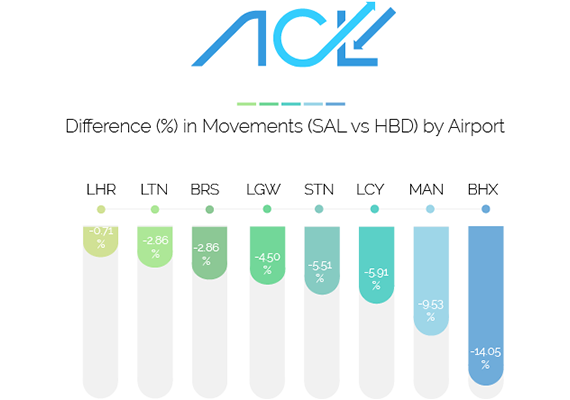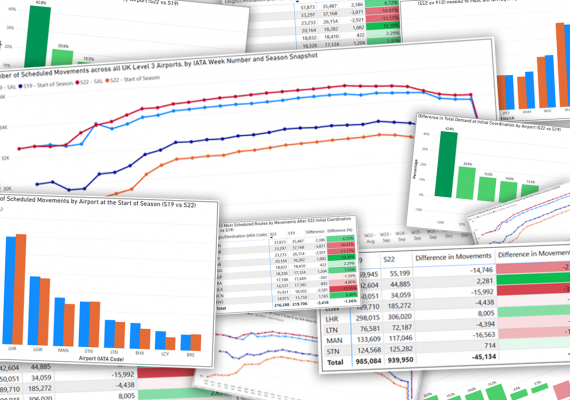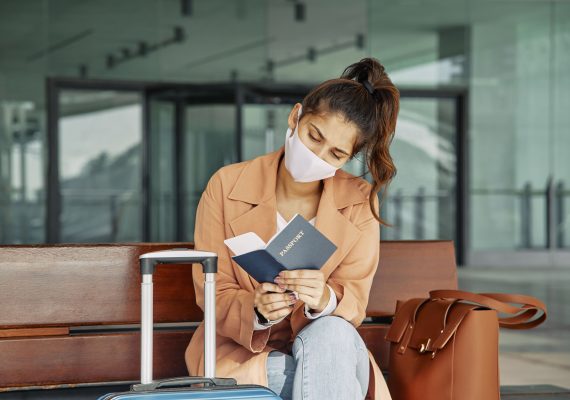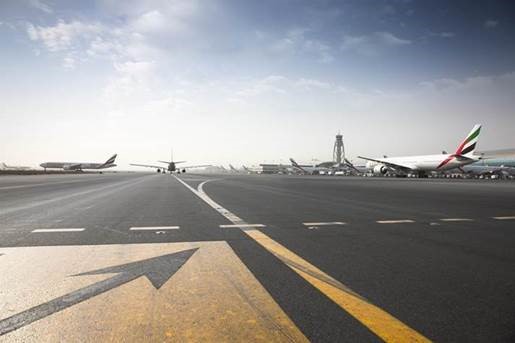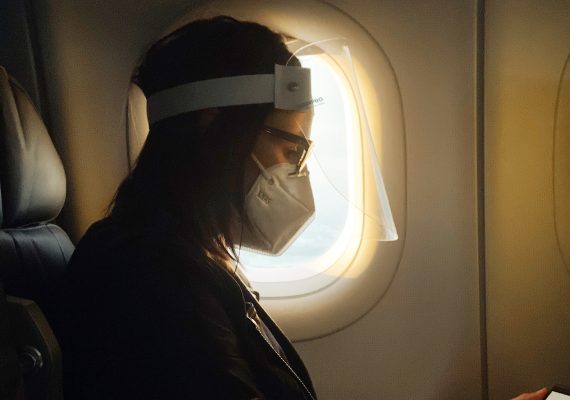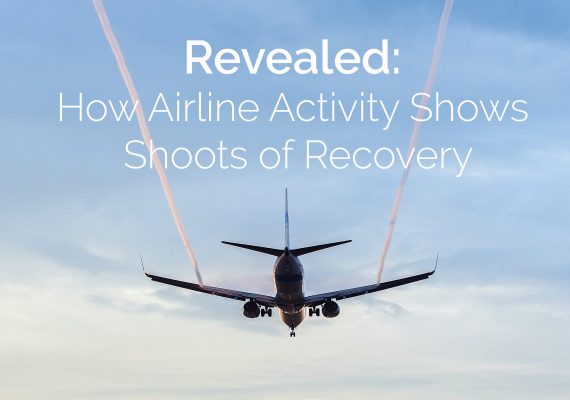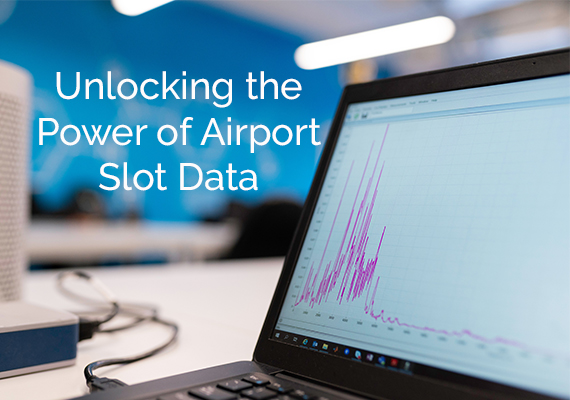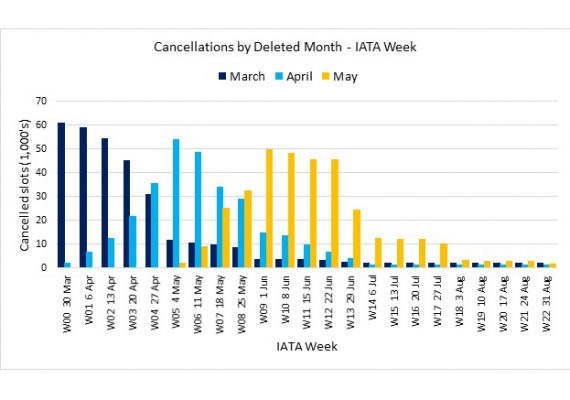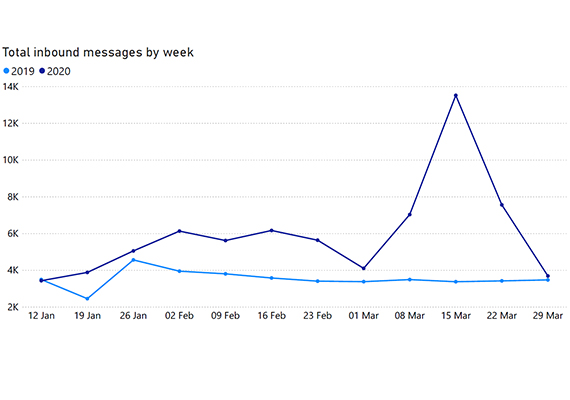ACL go back to the raw data to reveal what really happened to UK flight recovery in the Summer 2022 season.
Following two years of the Covid pandemic impacting the ability to travel, there was hope that Summer 2022 (S22) would see recovery. Regulators moved utilisation targets closer to the standard 80/20, passengers were signalling a desire to get travelling, and recruitment across the industry was in full swing.
What was not clear at the start of the season was the impact that the resource shortage was going to have on the ability to satisfy the returning demand. Media reports were soon appearing across all channels showing long queues as passengers were processed through airports. While reports of on the day cancellations lead to further inconvenience for the travelling public. With the industry tying to meet demand, recover lost revenue from previous years and ensure they didn’t lose the historic entitlement to slots, the pressure was on to operate.
The UK Government took the unusual step to intervene mid-season by legislating at speed to provide the pressure release the industry required. Alleviation from the already reduced utilisation threshold of 70% was granted for a further 30% of slots held at that point. During the two week return window a total of 45,529 slots were handed back across UK coordinated airports. That equates to 32% of the possible cancellations under the amended Regulation and a 10% reduction in slots for the remainder of the season. Very few airlines made use of the full 30% which lead to London Heathrow mandating further cancellations to reduce demand. This was to ensure a safe operation across the airport.
All of the above factors impacted the performance of S22 when compared to the previous three seasons with particular focus on comparison against pre pandemic levels in Summer 2019 (S19).

As you would expect the movement numbers season on season across the UK’s Level 3 coordinated airports have shown a gradual improvement following the initial shock in Summer 2020 (S20). Despite the strong indication that demand was returning at the initial coordination stage for S22, the impact of resourcing issues and the lingering effect, albeit reducing, of Covid meant that S22 numbers continued to be below that of S19 levels. In our start of the season update, Airport Capacity Analyst, Christakis Christodoulou, reported that scheduled movements across these same airports sat at 4.58% below S19. https://www.acl-uk.org/news/a-shaky-summer/
S22 season saw most UK Level 3 airports double their scheduled movements compared to S21, despite the issues experienced which demonstrates the potential strong demand following the Covid-19 pandemic. Out of these airports, London Gatwick Airport (LGW) saw the strongest recovery, with carriers such as British Airways scheduling to operate 13 times more of slots than held in the S21 season. LGW’s biggest operator, easyJet, also contributed to the recovery of the airport, scheduling 3 times as many slots than in the S21 season.
Despite the recovery, S22 did not exceed or meet the same levels of demand which was observed in 2019. London City Airport (LCY), which saw the largest decrease in demand since S19, was significantly impacted in 2020 with the loss of Flybe. Even though the Flybe brand has returned to the sky under new ownership in 2022, the operator has yet to return to LCY. Bristol and London Stansted both recovered to be only single percentage digits behind S19 levels.
All the signs were there for S22 to be far better than materialised. Without the impact of the resourcing issues, we believe we would have been reporting a more positive review of the season. As we move into Summer 2023 (S23) planning, the question remains if such operational disruption will continue to impact recovery. Government has started its consultation of potential alleviation measures for the season. Only when this concludes will we get our first indication of the optimism of the industry.
ACL will continue to report on what we’re seeing from our extensive database of planned flying at UK airports including a summary of initial coordination for S23.
By Head of Commercial and People, Jon Rowell


